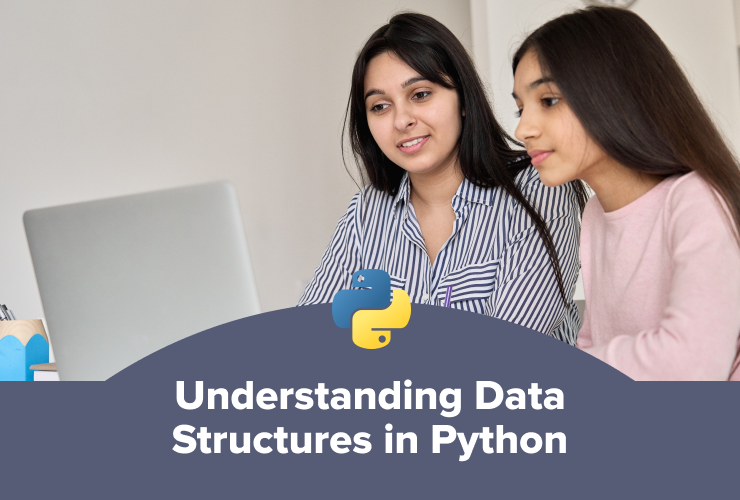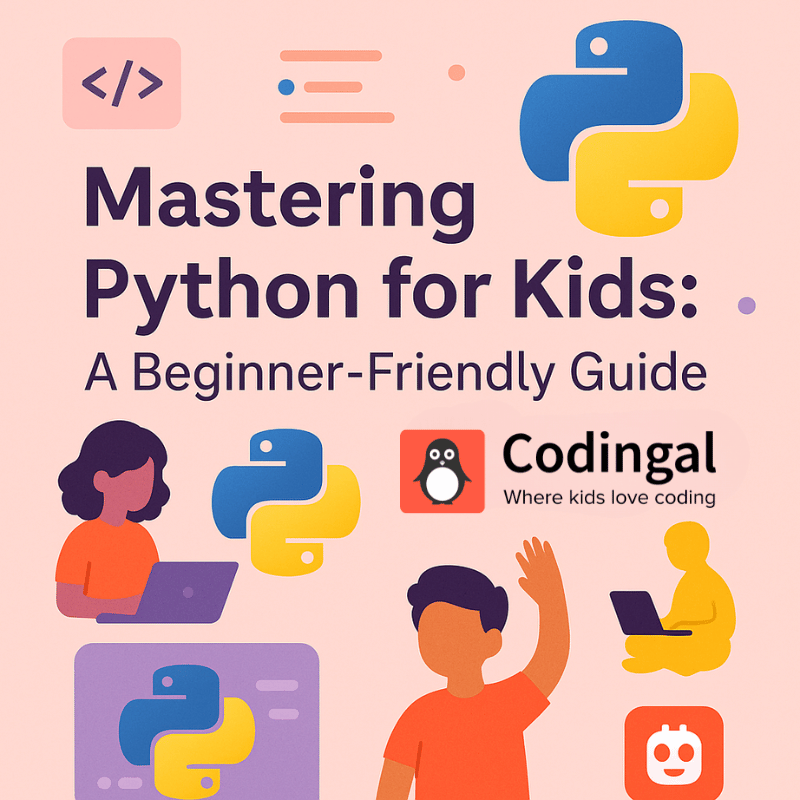Table of Contents
Introduction What is a Data Structure? Types of Data Structure in Python Built-in Data Structure User-defined Data Structure Pros and Cons of Data Structures ConclusionIntroduction
When it comes to Python data structures, we can categorize them into two: built-in and user-defined.
You may be asking what these terms even mean and what they are used for. Don’t worry! This detailed beginner guide will cover everything and all things Data Structures.
If you are new to the world of Python, it is suggested that you read this beginner’s guide. Let’s begin!
What is a Data Structure?
We all have storage boxes and compartments in our homes, and we put different things in them and label them. Why do you think we do so? Because it saves us extra space, easy to locate, and organizes storage. This is exactly what data structures help us achieve with chunks of data.
A formal data structure definition is a specialized format for organizing, processing, retrieving, and storing data. There are various ways of organizing the memory data, for example, array, list, stack, queue, and many more.
The data structure isn’t a programming language like C, C++, Java, etc. It is a set of algorithms that can be used in any programming language to organize the data in the memory.
Types of Data Structure in Python
As stated in the introduction, there are two types of data structures. Let’s familiarise you with both.
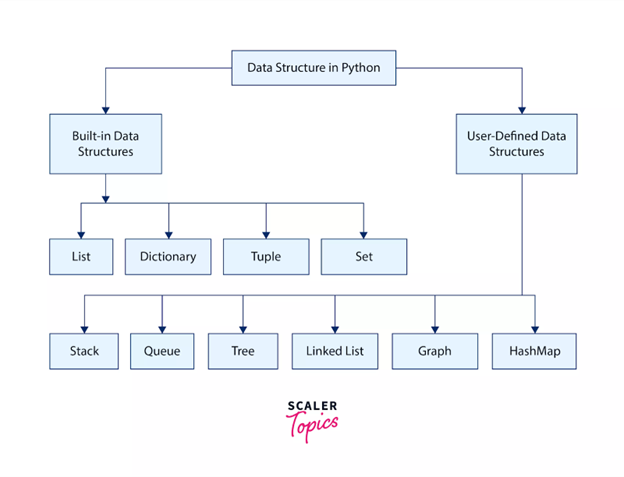
1. Built-in Data Structure
Built-in data (Implicit) structures in Python are like ready-made tools that Python provides for you to store and manipulate data efficiently. These data structures are part of Python’s standard library, so you can use them immediately without creating them from scratch. These include:
• List
• Dictionary
• Tuple
• Set
2. User-defined Data Structure
User-defined data structures in Python are custom data structures that you create to suit your specific needs and the requirements of your program. This allows you to create data structures that precisely fit the data and operations your program requires.
Here are some common examples of user-defined data structures in Python:
• Arrays
• Stacks
• Queue
• Linked Lists
• Tree
• Graphs
• Hash maps
Now that we covered the types of data structures, let’s focus on the pros and cons of this:
Pros and Cons of Data Structures
Data structures, whether built-in or user-defined, have their advantages and disadvantages. Understanding these can help you choose the data structure for your specific programming task.

The key to using data structures is to select the appropriate data structure for your specific problem and use it effectively to maximize the benefits while minimizing the drawbacks.
Kudos to you for coming this far! Let’s discuss some data structures that we mentioned above.
Lists
Lists are a versatile data structure used to store data of different data types in sequential order. Addresses are assigned to every element of the list, called an index.
The index value is initialized from 0 and goes on until the last element. Negative indexing is allowed, which means -1 is used to access the last element.
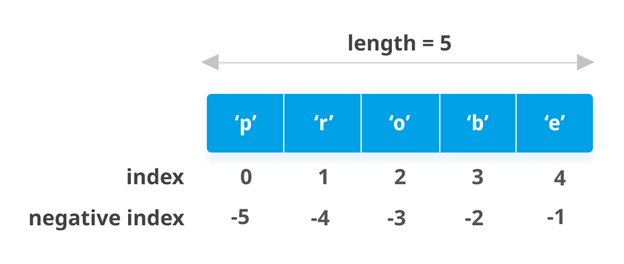
Lists can be used to implement stacks and heaps, or they can be used to store, search and sort items.
Dictionaries
Dictionaries in Python are used to store and manipulate collections of data in the form of key-value pairs. They allow you to associate values (the “values” in key-value pairs) with unique keys, making it easy to retrieve, update, and manage data efficiently.
A dictionary can be considered as a phone directory containing thousands of names and their corresponding numbers.
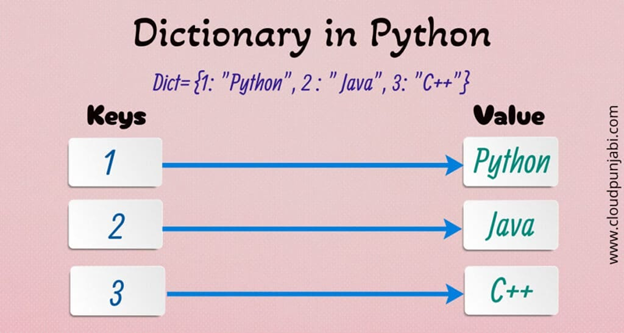
Well, what do you think dictionaries can be used for? Look-up tables and counting the number of occurrences of an item are a few use cases.
Tuple
Tuples are another fundamental data structure in Python, similar to lists. Tuples are used to store ordered collections of items, and unlike lists, they are immutable, meaning you can’t change their contents once created.
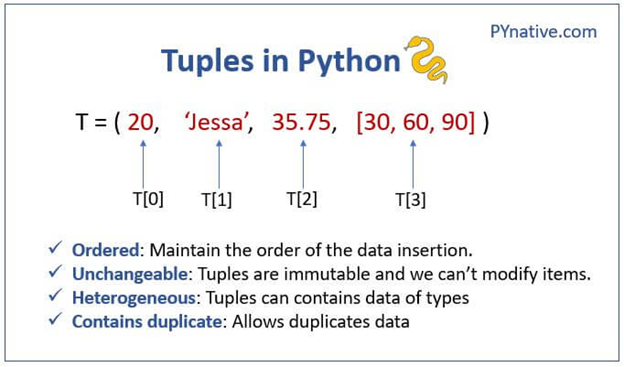
This immutability makes tuples useful for situations where you want to ensure that the data remains constant.
Set
You may have studied sets in mathematics, and the sets in Python are very similar to them in nature. Unlike lists or tuples, which can contain duplicate values, sets ensure that all elements are distinct.
Sets are incredibly useful when you need to perform operations like union, intersection, or difference between collections.
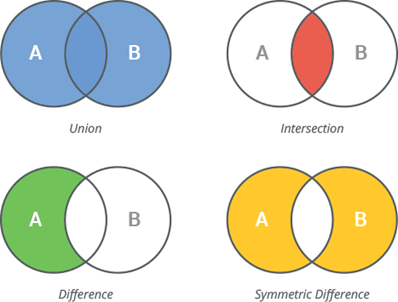
Sets are used to remove duplicates or to implement algorithms that require keeping track of unique items.
Thus far, we have covered all the built-in data structures in Python; now let’s jump to the user-defined ones!
Stack
A stack is a fundamental data structure used in computer science and programming to manage and organize data in a last-in, first-out (LIFO) manner. This means the most recently added item is the first to be removed.
Think of a stack like a stack of plates; you can only take the top plate off (pop), and you can only add new plates to the top (push).
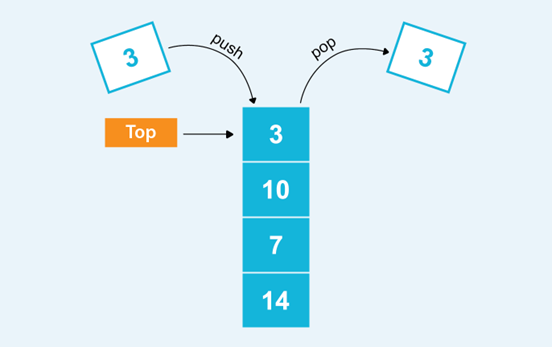
Stacks are used in various real-world scenarios and programming applications, including Function Calls, Undo Mechanisms, Backtracking Algorithms, etc.
Queue
We all have used queues throughout our lives. From the ticket station to the highway toll plaza, you must have been part of a queue. A queue in Python is similar to the ones we use in real life.
A queue is used to manage and organize data in a first-in, first-out (FIFO) manner. This means that the first item added to the queue is the first one to be removed, much like people waiting in line (queue) for a service.
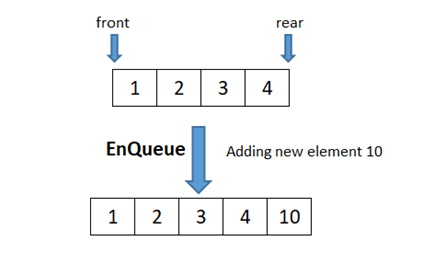
Where do you think queues are used in programming? Well, you guessed it right. It is suitable for various applications where maintaining order and fairness in data processing is important.
Tree
You know what a tree is. It has roots, leaves, and branches. Well, you will be surprised to know that trees in Python have the same structure!
A tree is a hierarchical data structure that is not linear in nature. It begins with a topmost element called the root, serving as the starting point. The outermost elements of the tree are referred to as its leaves.
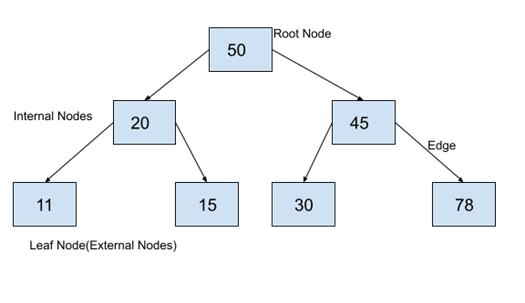
Trees are well-suited for storing data that does not have linear connections but instead has a hierarchical arrangement.
Graphs
You must have used graphs in mathematics and how they are used to implement models. Similarly, a graph in Python is used to represent relationships between objects.
Graphs consist of nodes (vertices) and edges that connect these nodes. They are used to model various types of relationships and data structures, ranging from social networks and transportation systems to computer networks and more.
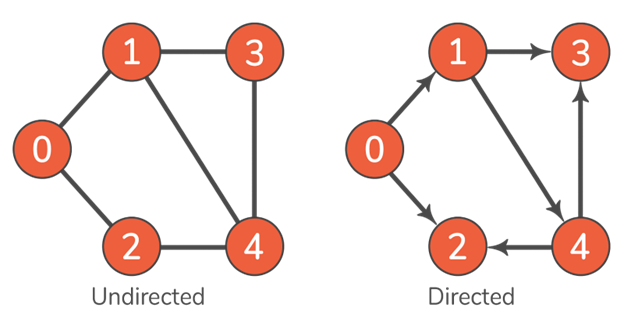
Conclusion
Congratulations! Today, you have covered an important part of Python programming. We know that after reading this article, you are excited to learn more about data structures and their applications. And guess what? You can make your own data structure in Python; give it a name and implement its functionality.
Also, you can take the time to master the fundamentals of Python by taking our awesome Python courses. Let’s learn and program together!

